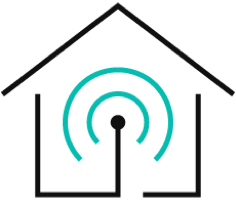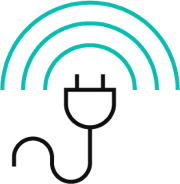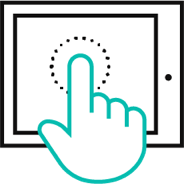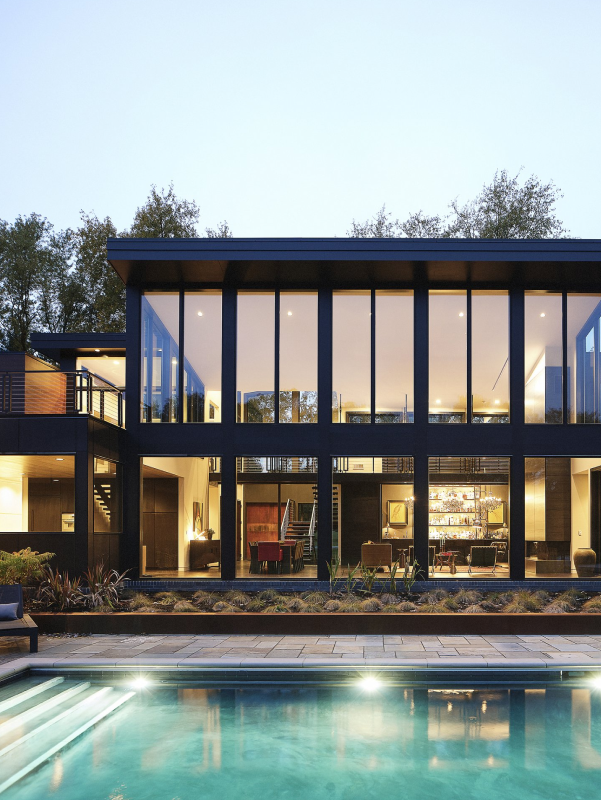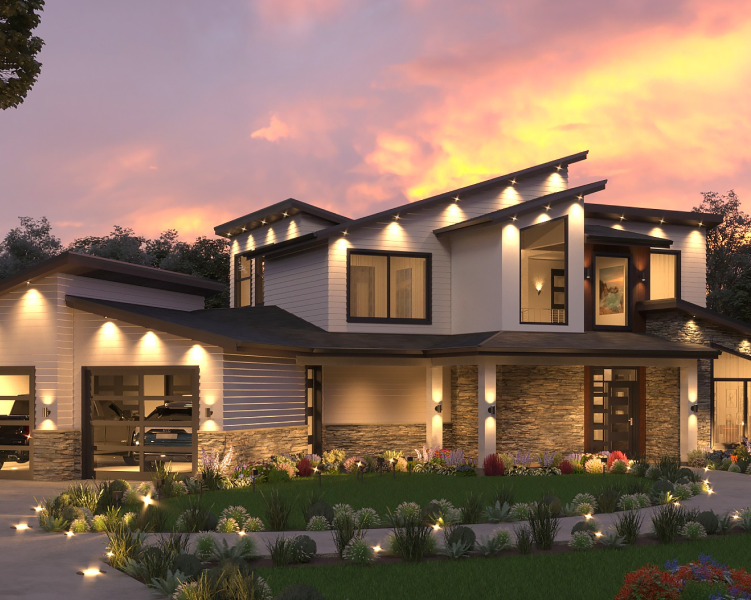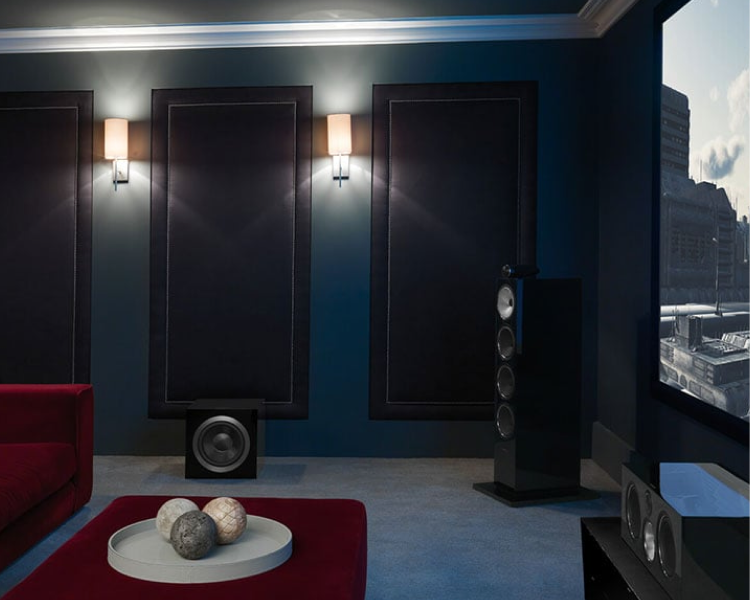Imagine coming home after a long day at work, and with just a single voice command, your lights turn on, the temperature adjusts to your preference, and your favorite music starts playing. Sounds like a dream, right?
Well, with the advancement of technology, this dream can now become a reality with smart home design.
If you're looking to create your very own smart home but don't know where to start, you've come to the right place.
In this ultimate house design plans guide, we'll take you through everything you need to know to design a smart home that meets your needs and fits your lifestyle. From choosing the right devices to creating a seamless network, we've got you covered. So let's dive in and discover how to turn your home into a smart home.
- How Do I Create A Smart Home Plan?
- What Does A Smart Home Designer Do?
- Benefits Of Home Automation Design
- Where To Find A Smart Home Designer
How Do I Create A Smart Home Plan?
Creating a smart home plan can seem like a daunting task, but with the right approach, it can be a straightforward process. Here are the steps you can follow to create a smart home plan:
- Identify your needs: Start by making a list of the areas in your home where you would like to have smart features. Consider your daily routine, the appliances you use, and the areas where you spend the most time.
- Choose the right devices: Once you have identified the areas where you want to incorporate smart features, research and choose the right devices that will meet your needs. Consider factors such as compatibility, ease of use, and the features that are most important to you. You can check out Evvr’s In-Wall Relay Switch to automate different devices in your house.
- Create a network: To ensure that all your devices work seamlessly together, you will need to create a network. Choose a reliable and secure network that can support all your devices and provide the necessary bandwidth.
- Set up a central hub: A central hub acts as the brain of your smart home and allows you to control all your devices from a single location. Choose a hub that is compatible with your devices and can support the features you need. In this case Evvr Center Lite can certainly come in handy.
- Install and test your devices: Once you have chosen your devices and set up your network and central hub, it's time to install and test your devices. Follow the manufacturer's instructions carefully, and test each device to ensure it's working correctly.
- Personalize your system: Finally, customize your smart home system to meet your needs. Create scenes and schedules that fit your lifestyle and automate tasks to save time and energy.
Creating a smart home plan requires careful planning and research, but with the right approach, you can create a home that's convenient, efficient, and personalized to your needs.
What Does A Smart Home Designer Do?
A smart house plan designer is a professional who specializes in creating and implementing smart home systems. Their role is to work with homeowners or builders to design and install a customized smart home system that meets their specific needs and preferences.
The responsibilities of a modern home designer may include:
Conducting a Needs Assessment
Smart home designers start by assessing the needs and preferences of the homeowner or builder. They will work with clients to identify the devices and features they want to include in their smart home system.
Designing the System
Based on the needs assessment, a smart home designer will create a customized smart house design plan for the smart home system. This plan may include the selection and placement of devices, the network infrastructure, and the integration of various systems.
Installing the System
Once the design plan is finalized, the smart home designer will install and configure the smart home system. They will ensure that all devices and systems are integrated correctly and that the system is functioning properly.
Providing Training and Support
Smart home designers will also provide training and support to clients to ensure that they are comfortable using their new smart home system. They may also provide ongoing maintenance and support to ensure that the system continues to operate smoothly.
Overall, a smart home designer's goal is to create a personalized, easy-to-use, and seamless smart home experience for their clients.
Benefits Of Home Automation Design
Home automation design can provide numerous benefits for homeowners, including:
Plan Things Ahead or Instantly
Smart home automation design enables homeowners to control various aspects of their home with ease. For example, using a voice command or smartphone app, they can turn on/off lights, adjust the thermostat, or even set up a home theater system.
Automation also allows for scheduling of tasks, such as turning on lights or opening the blinds at a certain time, freeing up time for other activities.
Save Up On Your Electricity Bills
Smart homes can help homeowners save energy in various ways. Here are a few examples:
- Smart Thermostats: Smart thermostats can automatically adjust the temperature based on your habits and preferences. For instance, if you’re not home during the day, the thermostat can lower the temperature to save energy. If you’re on vacation, you can set the thermostat to an "away" mode, so it doesn't needlessly heat or cool your home.
- Smart Lighting: Smart lighting can help reduce energy consumption by turning off lights when you leave the room or dimming them when you don't need as much light. With a smart lighting system, you can also schedule lights to turn off or on at specific times of day.
- Energy Monitoring: Smart home systems can track your energy consumption and provide insights on how you can save energy. For example, some smart plugs can show you how much energy a device is using, so you can unplug it when not in use. You can use the Evvr energy monitor plug to track your consumption.
- Solar Panels: Smart homes can also integrate solar panels to harness the sun’s energy and reduce reliance on traditional power grids. You can use a smart energy management system to monitor how much energy you're generating and consuming, and adjust your energy usage accordingly.
Keeps You Informed
Another advantage of home automation design is the ability to access detailed data and control of your home's various systems. With smart home products connecting to smartphone apps, you can get in-depth reports and controls at your fingertips, which would not be available otherwise. For instance, you can receive notifications whenever someone manually adjusts the thermostat. By assigning each household member their own smart lock PIN, you can get notifications when each individual arrives home.
Personalized Experience
Smart home automation design provides homeowners with a personalized experience tailored to their preferences. For instance, they can create lighting settings that reflect their mood or adjust the temperature to their liking. This level of customization improves comfort and relaxation.
Home automation design, on the whole, can enhance homeowners' quality of life by providing them with increased convenience, energy efficiency, security, comfort, and accessibility.
Where To Find A Smart Home Designer
If you are looking to find a smart home designer, there are several options you can consider:
Referrals from Friends or Family
One of the best ways to find a smart home designer is to ask for referrals from friends or family members who have already installed a smart home system. They may be able to recommend a designer they worked with and trust.
Online Directories
Online directories such as the Home Automation Association, CEDIA, and HomeAdvisor can help you find smart home designers in your area. These directories provide a list of certified professionals, along with their contact information and areas of expertise.
Manufacturer Websites
Many smart home device manufacturers have a list of certified professionals who can design and install their products. You can visit the manufacturer's website to find a list of professionals in your area.
Local Home Automation Companies
You can also look for local home automation companies in your area. These companies often have experienced smart home designers on staff who can help you design and install a customized smart home system.
Online Marketplaces
Online marketplaces such as Upwork and Freelancer also have listings of smart home designers who can work remotely or provide virtual consultations.
Before hiring a smart home designer, it's important to research their qualifications, experience, and customer reviews. You should also schedule a consultation to discuss your needs and preferences and ensure that you are comfortable working with the designer.
Final Thoughts
Designing a smart home can be a complex process, but the benefits of a well-designed system are numerous. With the ability to control various aspects of your home with the touch of a button or simple voice command, smart home automation can provide increased convenience, energy efficiency, security, comfort, and accessibility.
Evvr offers a full range of modern and sleek smart home solutions for you to incorporate into your designs. Whether you're looking to create a fully automated smart home or just want to add a few smart features, Evvr has got you covered.
But that's not all - if you prefer to design the smart home automation yourself, Evvr is more than happy to become your business partner. With their expertise in smart home technology, they can provide you with all the necessary tools and resources to bring your vision to life.
At Evvr, we pride ourselves on providing a comprehensive home automation system. This includes our Energy Monitoring Smart Plug and Relay, In-Wall Relay Switch, Center Lite, and our user-friendly Evvr App. With these tools at your disposal, you can design and create a smart home that is both efficient and easy to use.
So why wait? Partner with Evvr and bring your smart home designs to the next level.

